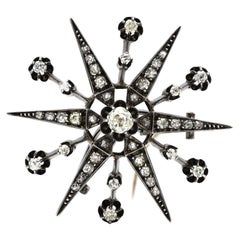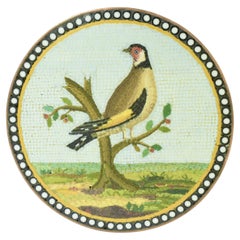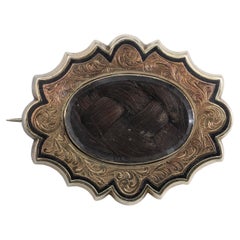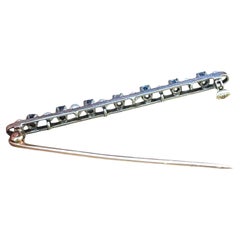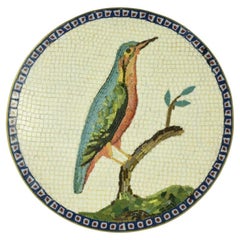18th Century and Earlier Brooches
Georgian Antique 18th Century and Earlier Brooches
Diamond, 18k Gold, Silver
Italian Georgian Antique 18th Century and Earlier Brooches
Unknown Georgian Antique 18th Century and Earlier Brooches
14k Gold, Yellow Gold, Enamel
Edwardian Antique 18th Century and Earlier Brooches
Diamond, Pearl, Sapphire, 14k Gold, Yellow Gold
Italian Georgian Antique 18th Century and Earlier Brooches
European Georgian Antique 18th Century and Earlier Brooches
Garnet, Natural Pearl, 18k Gold
Antique 18th Century and Earlier Brooches
Gold, 18k Gold, Yellow Gold
European Baroque Antique 18th Century and Earlier Brooches
Diamond, Gold, 18k Gold
American Art Deco Antique 18th Century and Earlier Brooches
Sterling Silver
Retro Antique 18th Century and Earlier Brooches
Gold, 14k Gold, Yellow Gold
British Georgian Antique 18th Century and Earlier Brooches
Diamond, 9k Gold, Rose Gold, Silver
Baroque Antique 18th Century and Earlier Brooches
Diamond, White Diamond, Yellow Gold
English Georgian Antique 18th Century and Earlier Brooches
Diamond, Silver, Gold
Antique 18th Century and Earlier Brooches
European George II Antique 18th Century and Earlier Brooches
Silver
English George III Antique 18th Century and Earlier Brooches
Cut Steel
British George III Antique 18th Century and Earlier Brooches
18k Gold, Gilt Metal
Georgian Antique 18th Century and Earlier Brooches
Diamond, Emerald, Gold, Silver
Unknown Antique 18th Century and Earlier Brooches
Lapis Lazuli, 14k Gold
French High Victorian Antique 18th Century and Earlier Brooches
14k Gold
Portuguese Antique 18th Century and Earlier Brooches
Chrysoberyl, Gold, Silver
Antique 18th Century and Earlier Brooches
Diamond, Topaz, Yellow Gold, Silver
Russian Antique 18th Century and Earlier Brooches
Diamond, Peridot, Gold, 14k Gold
Antique 18th Century and Earlier Brooches
Georgian Antique 18th Century and Earlier Brooches
Diamond, Silver
Italian Antique 18th Century and Earlier Brooches
Coral, 18k Gold
Unknown Late Victorian Antique 18th Century and Earlier Brooches
Diamond, Yellow Gold, Silver
Unknown Antique 18th Century and Earlier Brooches
Gold
Read More
This David Webb Coral Flower Brooch Is Better Than a Bouquet
For starters, it is one of the jewelry designer’s most celebrated works.
This Gem-Encrusted Boucheron Brooch Is a Symbol of Mid-Century Glamour and Clever Design
Though it sparkles with more than 27 carats of diamonds, this multifaceted gem delivers more than just dazzle.
The Editor of ‘Town & Country’ Loves Jewelry and History in Equal Measure
Stellene Volandes takes us on a glittering, engrossing tour through the centuries.
5 Fresh Jewelry Trends That Will Bring You Joy This Spring
From cameos to cigar bands, here are the looks on our radar this season.
Tastemaker Bunny Mellon’s Extraordinary Schlumberger Jewels
The philanthropist and heiress was an avid jewelry collector, and her trove of Jean Schlumberger creations embodies the love of nature she shared with the famed designer.
